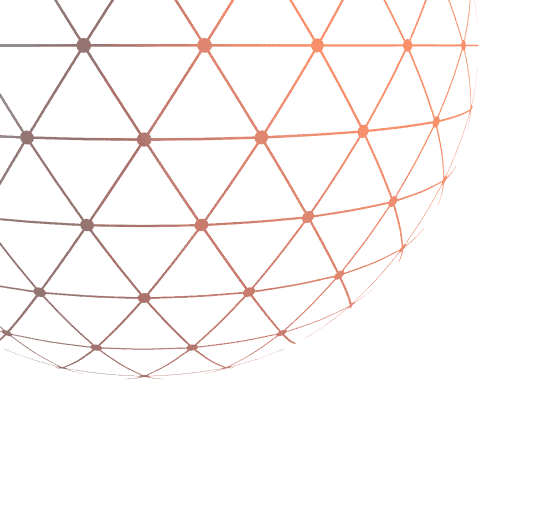
As is the case with other popular tech buzzwords, the Internet of Things has so far failed to live up to its billing.
But all that should change in 2018 and beyond, as IoT reaches a tipping point where businesses will begin to experience its full potential.
With organizations adopting more sophisticated data strategies and incorporating more advanced analytics solutions into their core business operations, processes and workflows, the internet of things is set for a major breakout. The convergence of new technologies like cloud computing and modern data platforms is finally allowing enterprises to instantly and efficiently collect, analyze and store the huge amount of information needed to fully maximize the value of IoT.
Along with massive storage capacity and cost savings, cloud computing is also enabling technologies such as artificial intelligence (deep learning, natural language processing, image recognition and neural-network driven decision-making) to allow devices to not only understand each other better but us as well.
The evolution of IoT will involve both the expansion of the sensor networks and the improvement of analytics and storage processes. To finally realize the promise IoT has been offering, companies dealing with unprecedented amounts of information will have to formulate a modern and forward-looking data strategy to maximize their results, rather than simply being overwhelmed by a wave of raw content.
So What?
New potential applications for IoT are emerging. Equipped with cloud-based solutions that give businesses more processing power and storage space than ever before, IoT-focused analytics applications could lead to innovative new revenue streams, improved performance and high-level engagement.
Personalization is one of the mainstays of this technology, with services able to process information from a variety of sources and create customized experiences. More accurate predictive capabilities, in both consumer-facing applications and internal industrial processes, can create exciting new opportunities for companies to improve customer experience and satisfaction while increasing operational efficiency and effectiveness.
Unstructured data drawn from edge devices can be used to fuel not only a live dashboard, but to provide context and insights to other devices in the environment. Cameras, for example, combined with machine learning from the cloud and unstructured raw data from a connected microphone would allow a hospital monitoring a patient to tell if someone is recovering well, if their gait is normal or if they have fallen or dropped something.
The fruits of this technological convergence are only beginning to be realized and IoT solutions will be one of the earliest benefactors.
Now What?
Keeping up with these trends will require companies to work hard on their systems and infrastructure. Becoming agile and flexible are essential priorities, and far from automatic. An old-fashioned approach to data warehousing is rigid, more suited to structured and reasonably sized data sets. Since the content flowing in from IoT devices is much greater in scale than what firms have dealt with before, they need to shift mindset about how to collect and use it.
There are three critical considerations for executives seeking better insights from the IoT. First, they must replace conventional data warehouses with more flexible “workbench” systems. Next, they must find ways to make sense of data as it flows in, rather than analyzing it after the fact. Finally, they must determine which departments can succeed with organized data and which demand dynamic approaches.
Learn more about these priorities in the 2018 Neudesic Technology Vision.
Related Posts